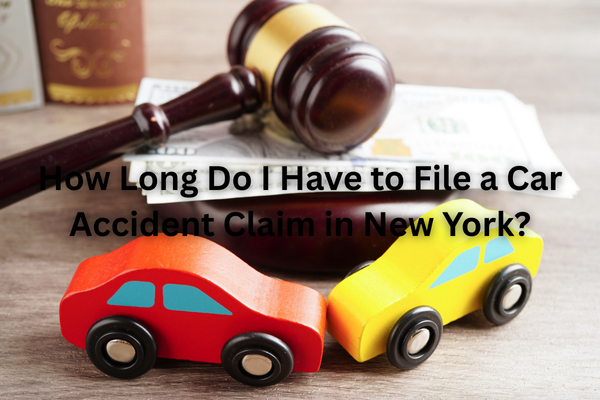

You never expect a routine drive to end with flashing lights, a mangled bumper, and a throbbing neck. Yet in the hectic aftermath of a crash, the clock on your legal rights is already ticking. Understanding New York’s filing deadlines can mean the difference between a fair recovery and walking away empty-handed.
Missing any one of these can close the courthouse doors, even if your medical records and vehicle photos leave no doubt about fault. That’s why lawyers talk so much about “the statute of limitations”—it’s the make-or-break rulebook that courts enforce without exception.
Under Section 214 of New York’s Civil Practice Law & Rules, anyone injured in a traffic crash—drivers, passengers, bicyclists, or pedestrians—has three years to commence a civil lawsuit for negligence. The same three-year window applies if you’re solely seeking reimbursement for a totaled car or the laptop ruined by a spilled airbag. The clock starts ticking on the date of the collision, not on the day you finish treatment or receive an insurance denial.
Because evidence ages quickly, treating the three-year limit as your personal alarm clock is risky. Witness memories fade, street-cleaning crews remove debris, and security-camera footage is frequently overwritten after 30 days. Filing early keeps negotiating leverage high and allows your attorney to preserve proof before it disappears forever.
If your SUV was totaled or your laptop shattered in the collision, suits for repair or replacement costs follow the same 3-year limit. Even if the insurance carrier drags its feet, filing after the deadline almost always bars recovery.
Tragically, some crashes claim lives. In that situation, the deceased person’s personal representative has just two years from the date of death to file a wrongful-death action seeking funeral expenses, lost earnings, and certain other damages. Because grieving families often focus on emotional healing first, it’s easy to overlook this abbreviated deadline.
Were you struck by a municipal snowplow, county bus, or NYPD cruiser? Claims against public entities fall under General Municipal Law §50-e. You must:
Failing to serve the notice forecloses the lawsuit entirely, no matter how strong your evidence. Courts rarely grant extensions, so prompt legal assistance is crucial.
Because New York is a no-fault state, your insurer pays medical bills and a portion of lost wages—but only if you file an NF-2 (Application for No-Fault Benefits) within 30 days. Late filings can be excused only with “clear and reasonable justification,” a standard insurers interpret narrowly. Keep all mailing receipts or submit the form online to timestamp your claim.
Certain circumstances can stop or “toll” the statute temporarily:
Each exception comes with its own nuances, so you should never assume extra time without a legal opinion.
Waiting until the eleventh hour hurts more than just the deadline. Skid-mark measurements fade, dash-cam footage gets overwritten, and eyewitness memories blur. Early legal intervention preserves physical evidence, subpoenas surveillance video before it’s erased, and forces insurers to keep critical records.
Tracking multiple deadlines while juggling medical appointments is daunting. An experienced personal-injury team will:
For more than three decades, Palermo Law has helped Long Islanders turn crash chaos into a clear legal strategy. If you were injured in a New York car accident, contact us today for a free, no-obligation consultation. We charge no fee unless we win, and we’re committed to acting fast so the courthouse door never closes on your claim.